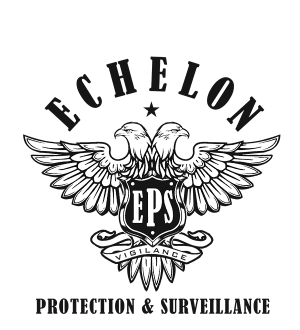Construction sites tend to contain a large number of tools, materials, and machinery of a high monetary value. These assets unwittingly attract unwanted attention from outsiders, including children playing, young vandals, community trespassers and thieves looking for anything of value.
 To provide protection on construction sites, owners and managers must put into place a series of security measures aimed at preventing theft of equipment, damage of equipment, vandalism of property, and costly building disruptions.
To provide protection on construction sites, owners and managers must put into place a series of security measures aimed at preventing theft of equipment, damage of equipment, vandalism of property, and costly building disruptions.
While many businesses will already have security policies, there are still essential procedures to ensure their physical assets remain safe.
Risk Analysis
Risk analysis is the assessment of potential threats, risks and adverse factors in all stages of planning and implementation of construction projects, including the early stages of the decision-making process.
A comprehensive risk analysis should be carried out for every jobsite to identify potential security challenges. If ongoing issues are identified, they should be documented and communicated up the management chain to key members of the team.
This should include physical security risks, operational risks, and changes in operating conditions over time. Risk assessments should be carried out on a semi-regular basis to help stay out in front of risks that may change due to seasonal, social, environmental or other factors.
Physical Security
Physical security involves the material measures which are designed to maintain the integrity of a construction jobsite and support the infrastructure. Physical security includes, but is not limited to the following:
- CCTV and Highly Visible Signage.
CCTV offers remote monitoring and recording as a deterrent to intruders as well as quickly alerting the authorities should anything go wrong. Likewise, posting signs in highly visible locations across the construction site that advertising security on duty and contact information is important.
- Access Control
Access control systems can integrate with any other card-based or biometric devices to deter trespassing and ensure safe access to your premises. They help you manage the arrival and departure of personnel and vehicles, which makes it easier to track those present on the site at any given time. A low-tech version of access control is a security guard on post with a smartphone, approved admittance list, and sign-in sheet.
- Fencing and Barriers
As per RISC guidelines, construction sites must meet established security requirements for construction site fencing and barriers of at least 2.4 meters high.
In addition, anti-climb, palisade, welded mesh fencing can be utilized as an effective deterrent against trespassers and intruders. Security guards should be aware of and report any fence gaps or damage.
- Lock Systems
Experienced construction sites provide lockable storage areas for tools, equipment, and materials to ensure that they can be secured when not in use. These costly items should be locked using tamper-resistant lock mechanisms to deter criminals.
Operational Security
Operational security is a vital aspect of any construction site and refers to the human involvement in the security of the jobsite. If no actual humans are employed to oversee the other aspects of your security, then overall operational security may suffer. For instance, hiring licensed security guards to patrol the site after working hours. In fact, most states mandate by law a security guard presence at certain stages of construction, such as a fire watch during the alarm and sprinkler system installs.
These individuals are properly trained and fully authorized, which enables them to provide crucial support for high-security locations or large building projects.
A vital part of operational security is to ensure all on-site staff are trained in basic safety and security protocols. It’s a great way to raise awareness and helps guarantee employees handle security measures correctly during the day-to-day running of a site to avoid liability.
All of these essential security procedures work together to keep the construction site as safe and secure as possible, which helps guarantee that you stay on schedule to safeguard your industry reputation.


